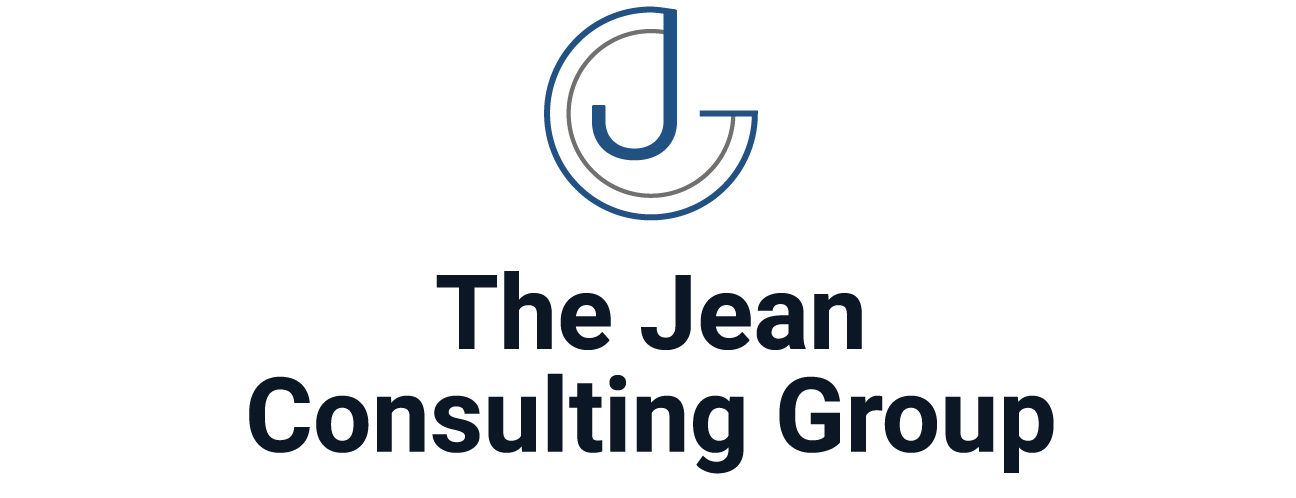In today’s diverse and dynamic workplace, fostering a culture of diversity and inclusion (D&I) is essential for organizational success. Diversity encompasses the range of differences among individuals, including but not limited to race, ethnicity, gender, age, sexual orientation, disability, and socioeconomic background. Inclusion, on the other hand, refers to creating a work environment where all individuals feel valued, respected, and supported, and have equal opportunities to contribute and succeed. This article explores the intersection of employee engagement strategies with Diversity & Inclusion Frameworks, offering insights into creating a workplace culture that embraces diversity, promotes inclusion, and maximizes employee engagement and satisfaction.
Understanding Diversity & Inclusion Frameworks
Diversity & Inclusion Frameworks are strategic approaches and initiatives designed to promote diversity, equity, and inclusion within organizations. These frameworks encompass policies, programs, and practices aimed at creating a workplace where individuals from all backgrounds feel welcomed, respected, and empowered to contribute their unique perspectives and talents. D&I frameworks recognize the value of diversity in driving innovation, creativity, and organizational performance, and prioritize inclusion as a fundamental aspect of organizational culture and operations.
The Role of Employee Engagement in Diversity & Inclusion
Employee engagement plays a crucial role in supporting and advancing diversity and inclusion efforts within organizations. Engaged employees are more likely to embrace diversity, respect differences, and collaborate effectively with colleagues from diverse backgrounds. Moreover, engaged employees are advocates for inclusion, actively promoting a culture of belonging and equity within their teams and across the organization. By aligning employee engagement strategies with Diversity & Inclusion Frameworks, organizations can harness the power of employee engagement to drive meaningful change and create a more inclusive and equitable workplace for all.
Effective Employee Engagement Strategies within Diversity & Inclusion Frameworks
To promote employee engagement within Diversity & Inclusion Frameworks, organizations can implement the following strategies:
- Cultivate Awareness and Education: Provide training and education on diversity, equity, and inclusion topics to increase awareness and understanding among employees. Offer workshops, seminars, and discussions on unconscious bias, cultural competence, privilege, and allyship to foster empathy, respect, and mutual understanding.
- Promote Inclusive Leadership: Train leaders and managers to embody inclusive leadership practices and behaviors, such as active listening, empathy, and humility. Encourage leaders to lead by example, champion diversity and inclusion initiatives, and create an inclusive work environment where all voices are heard and valued.
- Foster Employee Resource Groups (ERGs): Establish Employee Resource Groups (ERGs) or affinity groups that provide a supportive space for employees from underrepresented or marginalized groups to connect, network, and advocate for their needs and interests. Encourage participation in ERGs and provide resources and support to help them thrive and make meaningful contributions to the organization.
- Ensure Equitable Policies and Practices: Review and revise organizational policies, procedures, and practices to ensure they are equitable, inclusive, and free from bias or discrimination. Implement measures to address systemic barriers to diversity and inclusion, such as bias in recruitment and hiring, promotion and advancement, and performance evaluation processes.
- Celebrate Diversity and Cultural Heritage: Recognize and celebrate the diversity of employees’ backgrounds, cultures, and identities through events, activities, and initiatives. Celebrate cultural heritage months, religious holidays, and other diversity-related observances to promote appreciation and understanding of different cultures and traditions.
- Encourage Cross-Cultural Collaboration: Facilitate opportunities for employees from different backgrounds to collaborate on projects, teams, and initiatives. Encourage cross-cultural communication, collaboration, and knowledge sharing to foster mutual respect, creativity, and innovation.
- Measure and Track Progress: Establish metrics and key performance indicators (KPIs) to measure progress towards diversity and inclusion goals and objectives. Regularly assess employee engagement levels, diversity metrics, and inclusion indicators to identify areas for improvement and track the impact of diversity and inclusion initiatives over time.
Conclusion
Employee engagement strategies within Diversity & Inclusion Frameworks are essential for creating a workplace culture that values diversity, promotes inclusion, and maximizes employee engagement and satisfaction. By aligning employee engagement efforts with D&I initiatives, organizations can harness the power of employee engagement to drive meaningful change, foster a sense of belonging and equity, and create a workplace where all employees can thrive and contribute their best. Investing in diversity and inclusion not only enhances organizational performance and innovation but also strengthens employee morale, retention, and loyalty. By embracing diversity and inclusion as core values and integrating them into every aspect of organizational culture and operations, organizations can build a more inclusive, equitable, and successful workplace for all.




